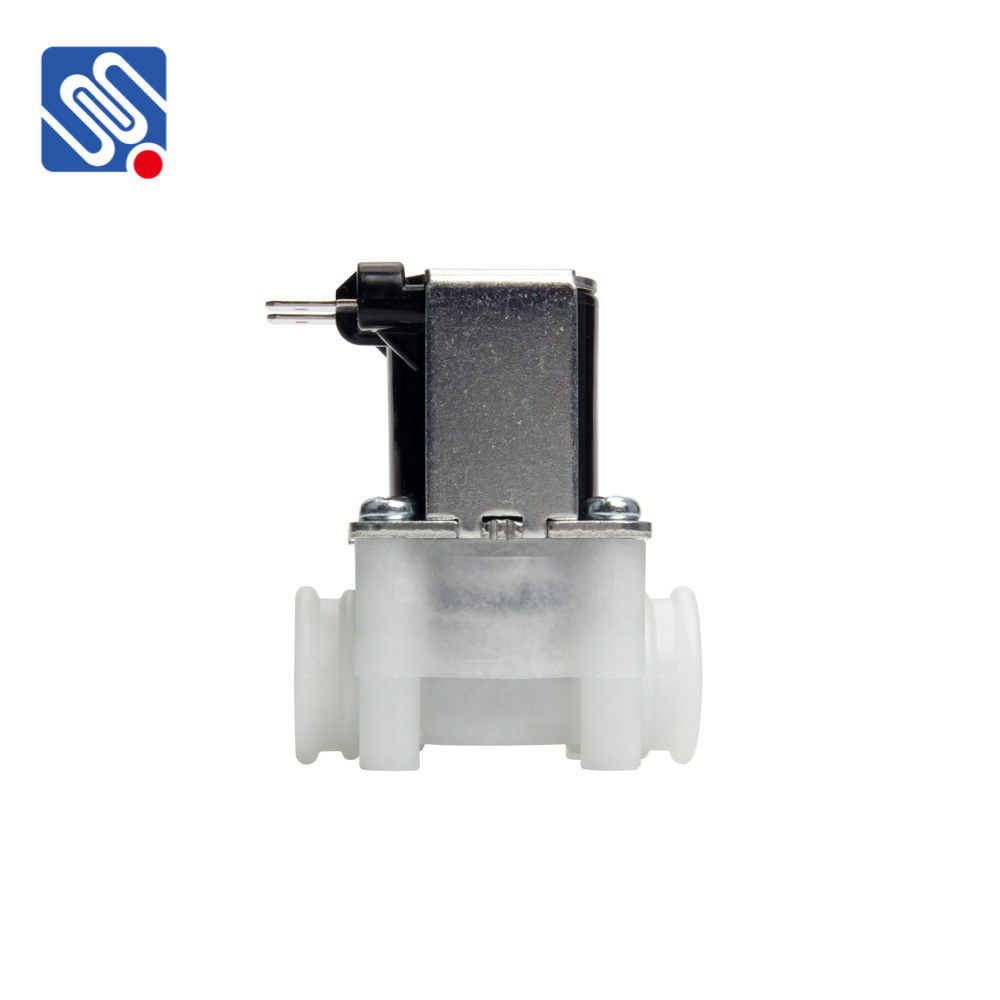PVC Solenoid Valves are widely used in various industrial and commercial applications to control the flow of liquids and gases. These valves are essential components in automation systems, offering precision, reliability, and efficient control. Made from polyvinyl chloride (PVC), these solenoid valves are particularly well-suited for environments where corrosion resistance is paramount. This article explores the working principles, advantages, applications, and key considerations when using PVC Solenoid Valves.

Working Principle of PVC Solenoid Valves A PVC Solenoid Valve operates using an electric current to control the flow of a fluid. The valve consists of a solenoid, which is an electromagnet, and a valve body made from durable PVC. When an electrical current flows through the solenoid coil, it generates a magnetic field that moves the plunger inside the valve. This action either opens or closes the valve, regulating the flow of liquids or gases through the pipeline. The operation can be categorized into two types: Normally Closed (NC): The valve remains closed in its default state and only opens when an electrical signal is applied.